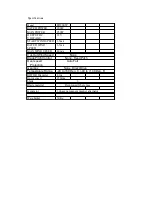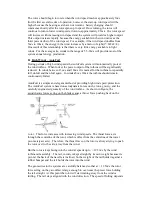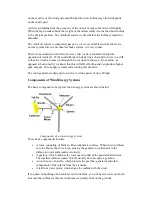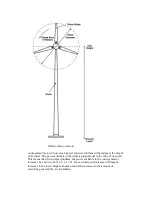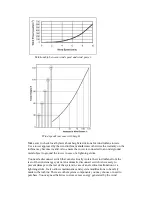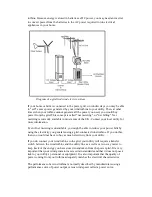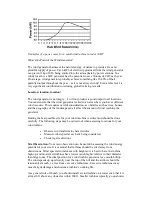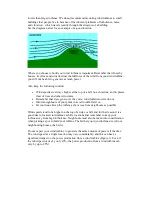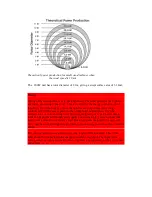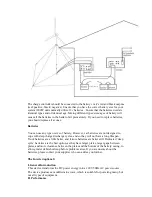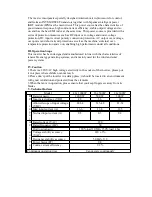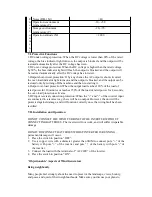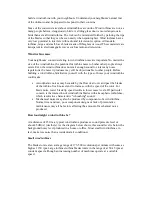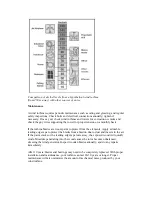
E
n
v
i
r
o
n
m
e
n
t
Noise (DB, 1 M)
< 40
Operation environment
temperature (C)
-10~ ±50
Storage environment
temperature (C)
-20~+70
Operation altitude (M)
< 2000
VI. Protective Functions
1.DC under-voltage protection: When the DC voltage is lower than 88% of the rated
voltage, the bias indicator light turns on, the output is blocked; and the output will be
restored automatically after the DC voltage has risen.
2.DC over-voltage protection: When the DC voltage is higher than the rated voltage
by 30%, the bias indicator light will flash, the output is blocked; and the output will
be restored automatically after the DC voltage has lowered.
3.Output short-circuit protection: If by any chance the AC output is short-circuited,
the over-load indicator light turns on and the output is blocked, and the output can be
restored only by turning off the machine and then re-starting it.
4.Output over-load protection: When the output load reaches 120% of the load of
rated power for 10 minutes or reaches 150% of the load of rated power for 4 seconds,
the over-load protection activates.
5.DC input reversal connection protection: When the “+” and “-” of the inverter input
are connected in a reverse way, there will be no output. However, the unit will be
protected against damage, and will function correctly once the wiring fault has been
rectified.
VII. Installation and Operation
DO NOT CONNECT THE WIND TURBINE TO THE INVERTER WITHOUT
CONNECTING BATTERIES. The inverter will not work, and will suffer irreparable
damage.
DO NOT DISCONNECT BATTERIES WHILST INVERTER IS RUNNING –
permanent damage will occur.
1. Place the switch in position “OFF”.
2. Use a copper wire with a diameter greater than 6MM to connect pole “+” of the
battery with pole “+” of the inverter and pole “-” of the battery with pole “-” of
the inverter.
3. Connect the load with the terminals of “AC 220V” of the inverter.
4. Place the switch in position “ON”.
‘Objectionable’ Aspects of Wind Generators
Being neighbourly
Many people feel strongly about the need to preserve the landscape, views, history,
and peace and quiet of their neighbourhoods. Make sure you discuss your plans to

